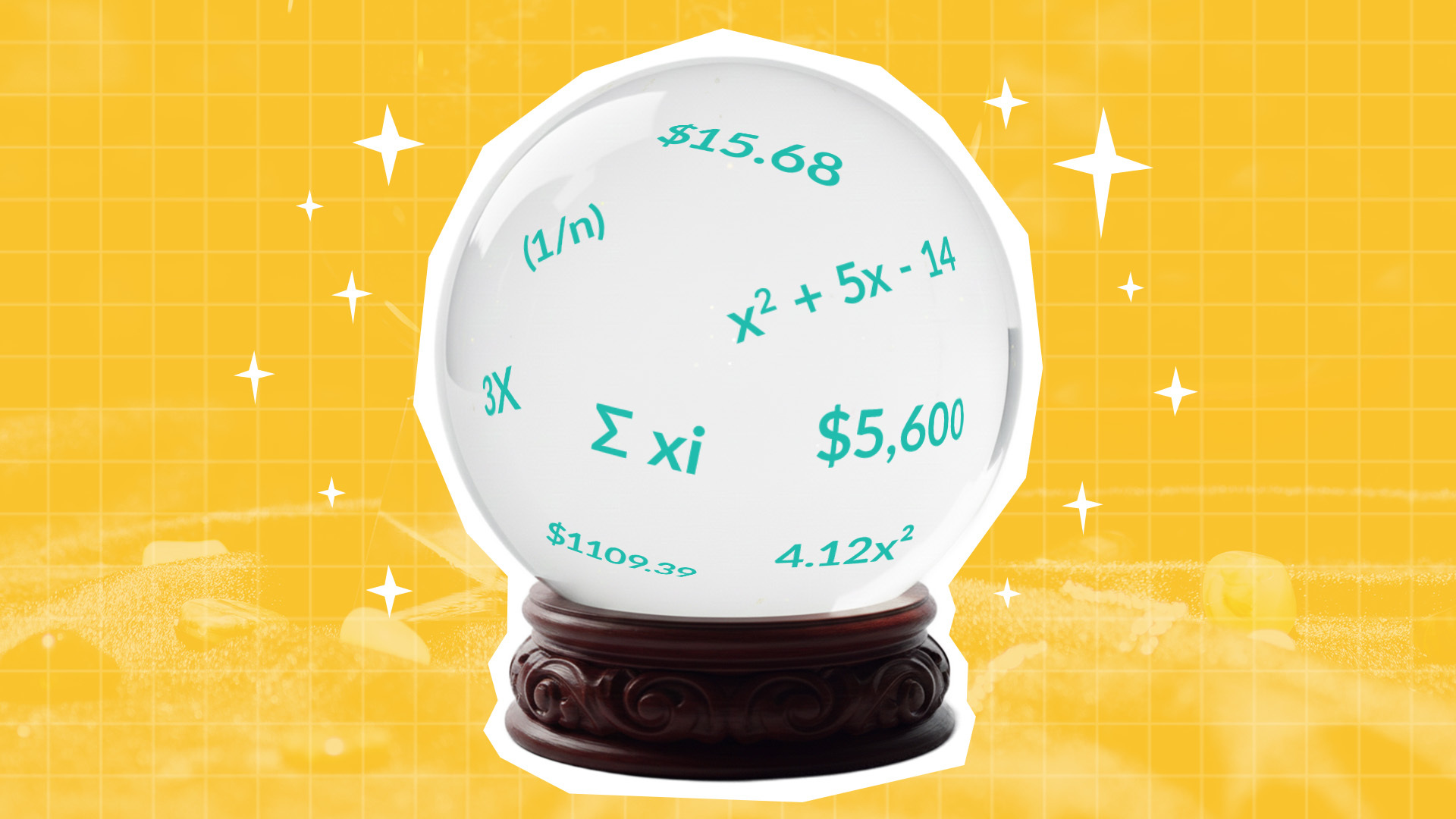.jpg)
Let’s face it — fundraising can be hard and complicated. It’s a balance of traditional marketing (reaching the right people with the right product at the right time with the right price in the right channel) and holding steadfast to the heart of your mission.
But thankfully, data science can help you select the right people at the right time. That allows you to be the best steward of donor generosity.
It wasn’t very long ago that the majority of donors were acquired via mail. (Facebook didn’t open up to everyone over the age of 13 until 2006.) Of course, we had TV and radio and telemarketing. But still, the traditional way to inspire people to give to an organization was through an acquisition mailing. And for a substantial number of nonprofits, that is still true today.
With this ever-increasing diversity of ways for people to give, the amount of data accumulated is vast and growing exponentially. Wading through who to continue to cultivate in mail (or any channel for that matter) is becoming increasingly difficult.
That’s where data science steps in, specifically a branch of artificial intelligence known as machine learning. Given multiple data points and variables, machine learning tools can process limitless permutations of those variables to output the single most predictive model for any given data set. As Mark Hurd, former CEO of Oracle, said, “AI and its offshoot, machine learning, will be a foundational tool for creating social good as well as business success.” We at Masterworks believe this wholeheartedly. The application of machine learning to fundraising is vast. And Masterworks has been vigorously developing, testing, and implementing predictive modeling applications for more than eight years.

Our flagship model is the Masterworks Response Index (MRI). It’s a proprietary, custom donor segmentation model designed to comprehensively look at each donor’s entire giving history. The model looks at many factors not considered by traditional RFM, such as acquisition source and seasonal giving patterns, in order to predict when a donor is going to give and how much they will give when they do.
This segmentation model is designed to support campaign selection by improving:
- Net income performance among active donors
- New donor retention and lapsed donor reactivation performance based on the defined long-term ROI timeframe.
A machine learning model like MRI is important because it allows nonprofit organizations to select those who are most likely to give to a specific appeal, newsletter, lapsed reactivation mailing, telemarketing campaign, etc. There are other applications as well, such as building high value donor files to model for digital media targeting.
The quantitative results for organizations that have adopted MRI are significant. When comparing against traditional donor selection methodologies, such as mailing all 0-24 month active donors or using a standard RFM grid or even using a bit more advanced Marginal ROI grid, MRI has produced several impactful results, such as:
- Increase of 15% in year-one net revenue
- Decrease of 30% in direct mail volume, and therefore expense
- Increase of 24% in reactivating lapsed donors

The qualitative results have also been encouraging. Ministries have said they receive fewer complaints from donors about how much mail they receive, are able to smartly invest in lapsed reactivation efforts, and, best of all, have more net dollars to invest in the mission.
A data-driven approach to audience selection is nothing new. But it’s becoming increasingly complicated. MRI cuts through the data clutter to allow you to be the best steward of your donors’ dollars.
Want to know more? We’re happy to walk you through the capabilities and cost of MRI. Feel free to reach out here.









.jpg)



